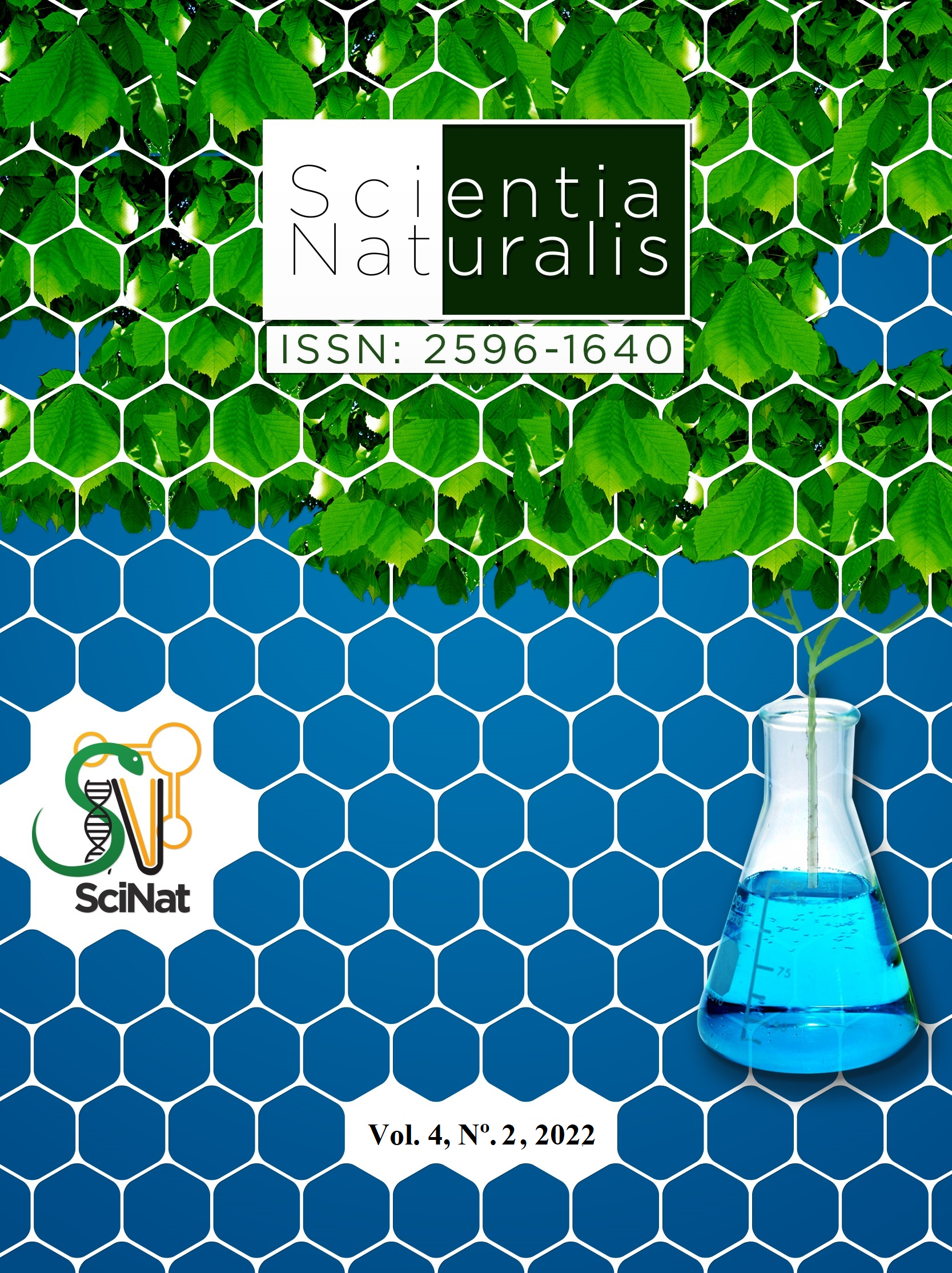Cutaneous leishmaniasis in Amazon: profile of patients attended in a specialized service in Acre, Brazil
DOI:
https://doi.org/10.29327/269504.4.2-11Abstract
American cutaneous leishmaniasis (ACL) is a disease with a high incidence in the northern of Brazil, being Acre the state with highest detection coefficient. In this scenario, the objective of this study was to describe the clinical epidemiological characteristics of LTA of patients seen at the Specialized Service in Rio Branco, Acre. This is a quantitative, descriptive, retrospective cohort study, in which the medical records of patients were analyzed. About 279 medical records were analysed, which included individuals between 1 and 84 years old, being 69,9% male and 81,7% living in urban areas. Predominant clinical characteristics were: cutaneous lesions (62,7%), single lesions (78,1%), laboratory diagnosis (70,3%) and treatment with meglumine antimoniate in 72,0%. Despite the limitations found with the use of secondary data, it was possible to identify the epidemiological profile and the clinical conduct established in the cases referenced in this state and, thus, to draw an overview of the care scenario that helps the Amazonian public health.




